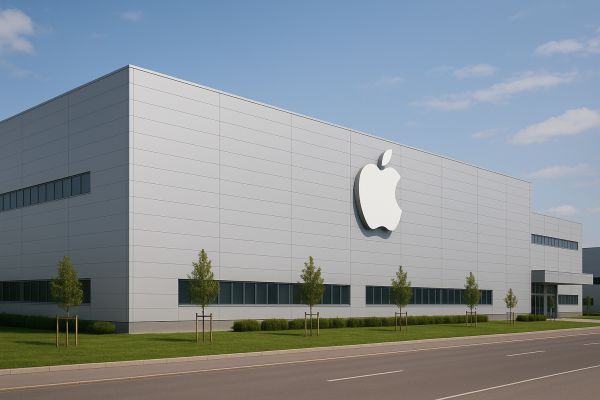In the age of artificial intelligence and high-performance computing, data speed has become critically important. In this rapidly accelerating digital world, Micron has announced a technological breakthrough that redefines our concept of data center storage. Enter the Micron 9650, the world’s first SSD equipped with a PCIe 6.0 interface—not just another product on the market, but a herald of a new era in server-side storage, offering unprecedented speed and efficiency.
The technology was first unveiled last August, followed by an improved version introduced earlier this year. At that time, the device was not yet ready for market release, so we couldn’t be certain about the final specifications. However, with the first units now shipped to data centers, we have a much clearer picture of what this new generation of SSDs brings to the table.
At the core of the drive’s astonishing performance lies the PCIe 6.0 interface, which doubles the per-lane data transfer rate compared to PCIe 5.0. This leap forward is enabled by PAM-4 (Pulse Amplitude Modulation with 4 levels) signaling technology, allowing the drive to achieve sequential read speeds of up to 28 GB/s. This is more than twice the performance of high-end PCIe 5.0 enterprise SSDs, setting a new industry standard. Sequential write speeds are also impressive, reaching 14 GB/s regardless of capacity. During random read operations, the drive delivers up to 5.5 million IOPS (input/output operations per second), making it particularly valuable for tasks that demand ultra-fast data access.
However, this remarkable speed isn’t solely due to the faster interface. At the heart of the Micron 9650 is the company’s proprietary controller and its latest 9th-generation, 276-layer 3D TLC NAND flash memory. This technology not only increases bit density by nearly 73% compared to previous generations, but also speeds up communication between the controller and memory chips. The new NAND chips support data transfer rates of up to 3.6 GB/s—representing a 50% increase in speed—while read bandwidth can improve by up to 88% and write bandwidth by up to 99% compared to earlier TLC NAND solutions. This technological foundation ensures the drive remains stable and efficient even under the most demanding workloads.
Recognizing that data center tasks vary widely in their storage needs, Micron offers the 9650 series in two versions. The 9650 Pro model is designed for read-intensive applications where high capacity is key. It is available in capacities ranging from 7.68 TB to 30.72 TB and guarantees an endurance of 1 DWPD (Drive Writes Per Day). In contrast, the 9650 Max is tailored for mixed-use environments where heavier write loads and higher random write IOPS are critical. This version supports up to 900,000 random write IOPS and offers an endurance of 3 DWPD, with capacities ranging from 6.4 TB to 25.6 TB. The drives come in various physical form factors, including E1.S and E3.S designs, and even offer a liquid-cooled option for particularly thermally demanding data center environments.
It’s important to note that the Micron 9650 is not a consumer-grade product intended for everyday desktop use. Its target audience consists of high-performance server environments, AI workloads, and cloud-based data centers. Security has also been a major focus: some models are FIPS 140-3 Level 2 certified and TAA-compliant, which is essential for government deployments. While the drives are already available to server manufacturers for validation purposes, the widespread adoption of PCIe 6.0-compatible processors and platforms is not expected until 2026.




























